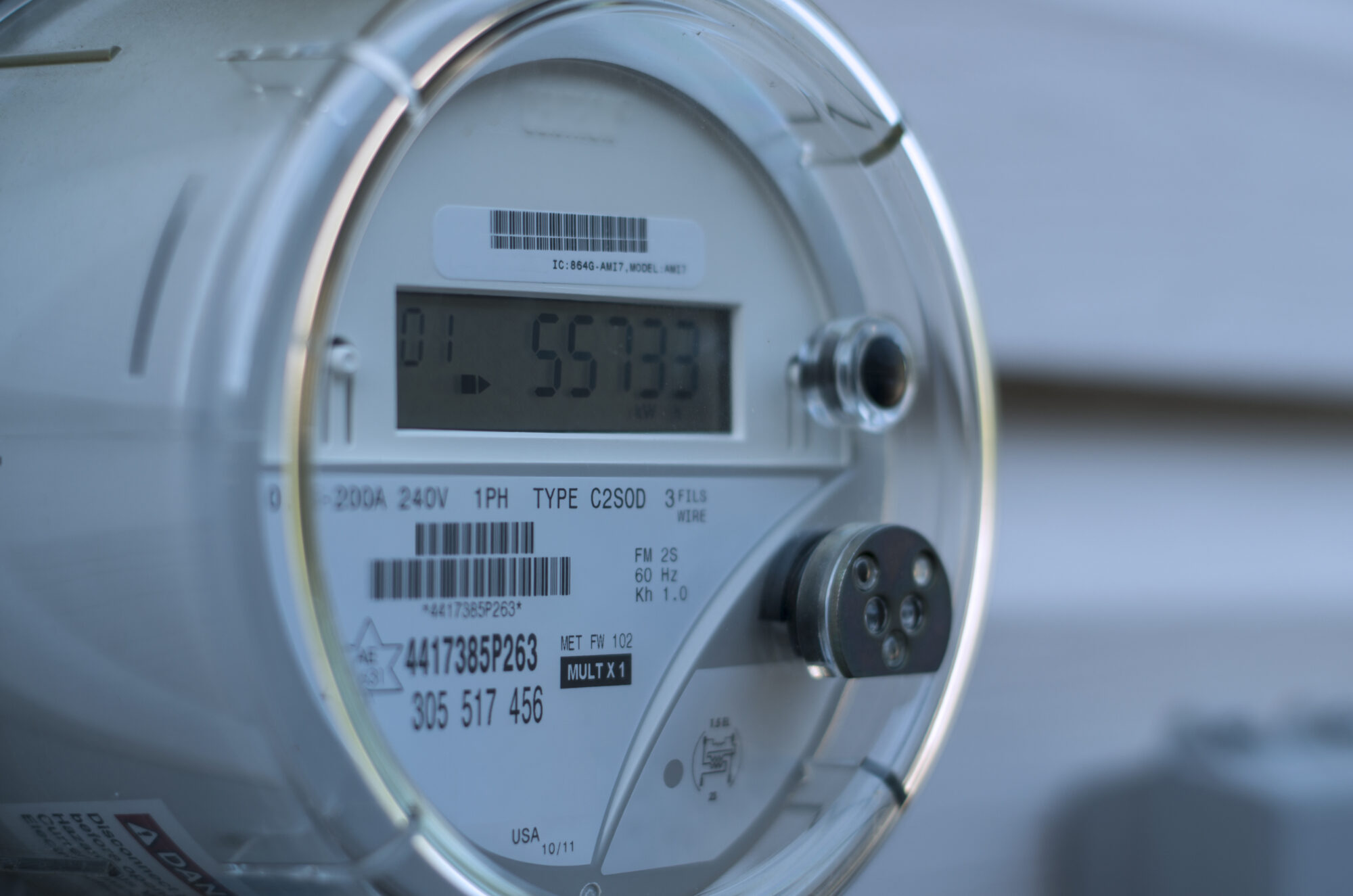© 2025 Genea Energy Partners, Inc. All Rights Reserved.
Several connectivity protocols help facilitate smart meter communication. Learn how to establish communication for gas, water...
Talk to an expert
Give us a call



